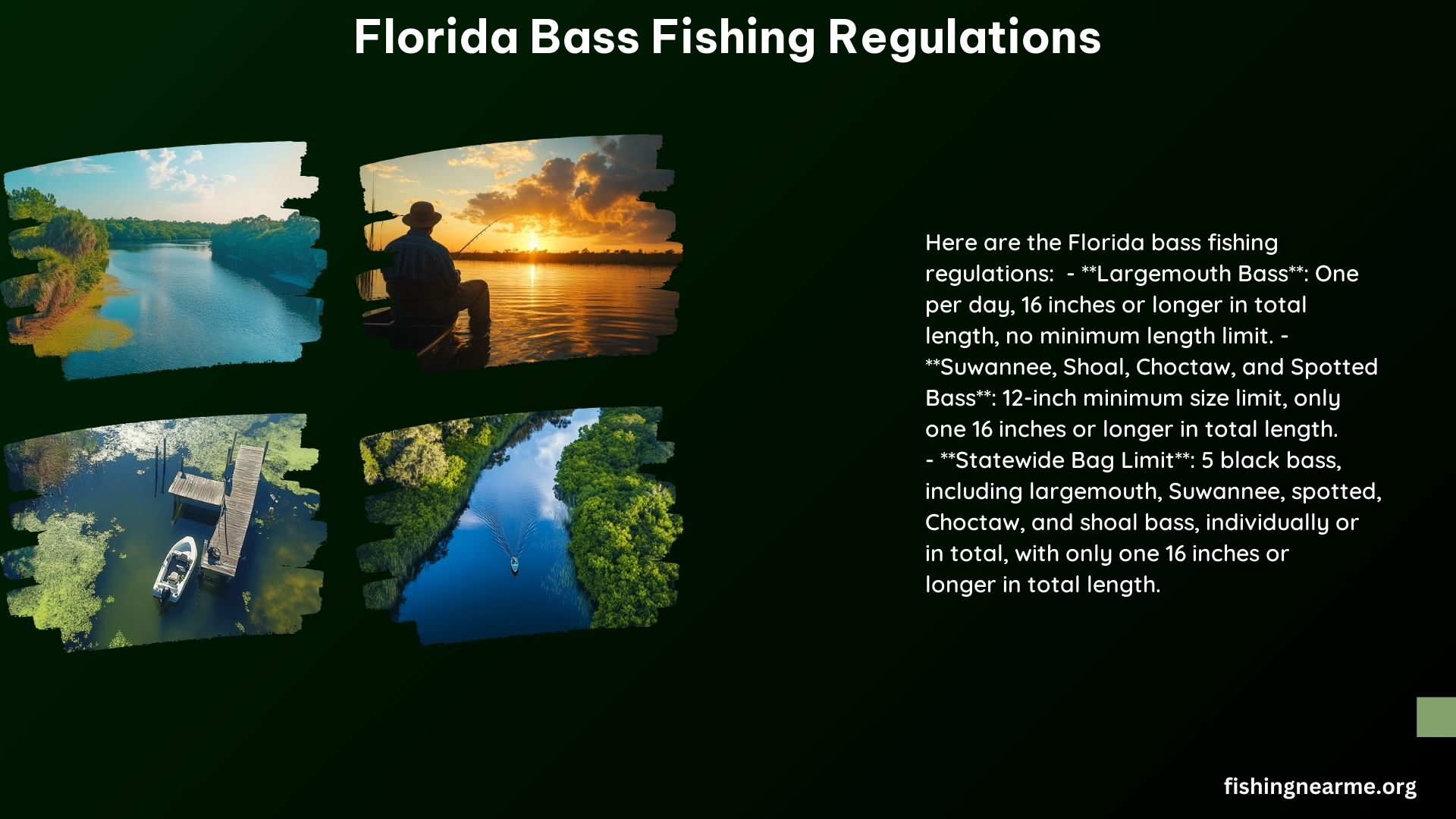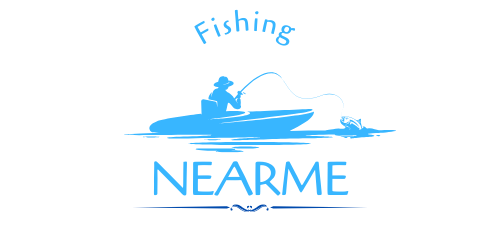Florida is renowned for its exceptional bass fishing opportunities, attracting anglers from around the world. However, to ensure the sustainability of this valuable resource, the Florida Fish and Wildlife Conservation Commission (FWC) has established a comprehensive set of regulations governing the management of largemouth bass. In this article, we’ll delve into the key regulations you need to know as a Florida bass angler.
Bag and Length Limits
The statewide bag limit for black bass, including largemouth, Suwannee, spotted, Choctaw, and shoal bass, is 5 fish, individually or in total. However, only one of these bass can be 16 inches or longer in total length. It’s important to note that some specific lakes, rivers, and Fish Management Areas may have different bag and length limits, so it’s crucial to check the regulations for your fishing location.
| Regulation | Details |
|---|---|
| Statewide Bag Limit | 5 black bass, including largemouth, Suwannee, spotted, Choctaw, and shoal bass, individually or in total. Only one of these bass can be 16 inches or longer in total length. |
| Minimum Length Limit | There is no minimum length limit for largemouth bass. |
| Special Areas | Some lakes, rivers, and Fish Management Areas have specific bag and length limits, such as a 12-inch minimum length limit for black bass in Lake Seminole and the St. Marys River. |
TrophyCatch Program

The TrophyCatch program is a citizen-science initiative that encourages anglers to document and release trophy-sized largemouth bass in Florida. To participate, anglers must submit a photo of the bass on a scale or measuring device, along with a photo of the angler holding the bass. The bass must be released alive to qualify for the program.
Live Bait
It is not permitted to use largemouth bass as live bait in Florida. This regulation is in place to protect the state’s largemouth bass population and maintain the quality of the fishery.
Other Regulations
In addition to the specific regulations for largemouth bass, there are a few other important rules to be aware of:
- Game Fish Intact: Black bass, striped bass, and white bass or their hybrids, peacock bass, or black crappie and panfish must be kept intact until the angler has completed fishing for the day. This means they cannot be filleted, nor their head or tail fin removed.
- Possession Limit: Anglers cannot possess more than two days’ bag limit of freshwater game fish.
Resources for Florida Bass Anglers
To stay up-to-date with the latest regulations and ensure you’re fishing in compliance, it’s recommended to consult the following resources:
- Florida Fish and Wildlife Conservation Commission (FWC): Visit the FWC website at MyFWC.com or FLRules.org for the most current rules and regulations.
- Fishbrain App: The Fishbrain App provides site-specific regulations and can be downloaded from the App Store and Google Play.
By understanding and adhering to the Florida Bass Fishing Regulations, anglers can help preserve the state’s exceptional bass fisheries for generations to come. Happy fishing!
References
- eRegulations. (n.d.). Bag & Length Limits – Florida Freshwater Fishing – eRegulations. Retrieved from https://www.eregulations.com/florida/fishing/freshwater/bag-length-limits
- Florida Fish and Wildlife Conservation Commission. (n.d.). General Statewide Bag and Length Limits | FWC. Retrieved from https://myfwc.com/fishing/freshwater/regulations/general/
- Florida Fish and Wildlife Conservation Commission. (n.d.). Freshwater Fishing Regulations | FWC. Retrieved from https://myfwc.com/fishing/freshwater/regulations/
- BassOnline. (n.d.). New Bass Fishing Regulations in Effect to Protect Larger Bass by FWC. Retrieved from https://bassonline.com/bass-fishing-regulations-bass-fwc/
- TakeMeFishing. (n.d.). FL Freshwater Fishing Regulations. Retrieved from https://www.takemefishing.org/florida/fishing/florida-fishing-regulations/fl-freshwater-fishing-regulations/.
